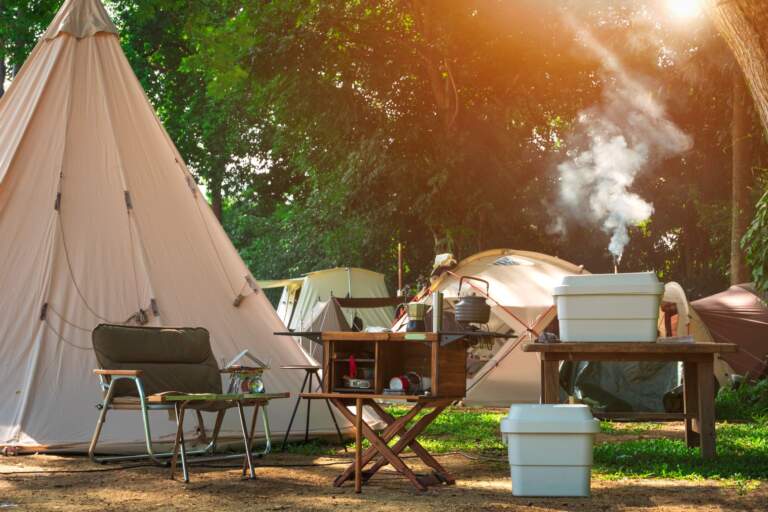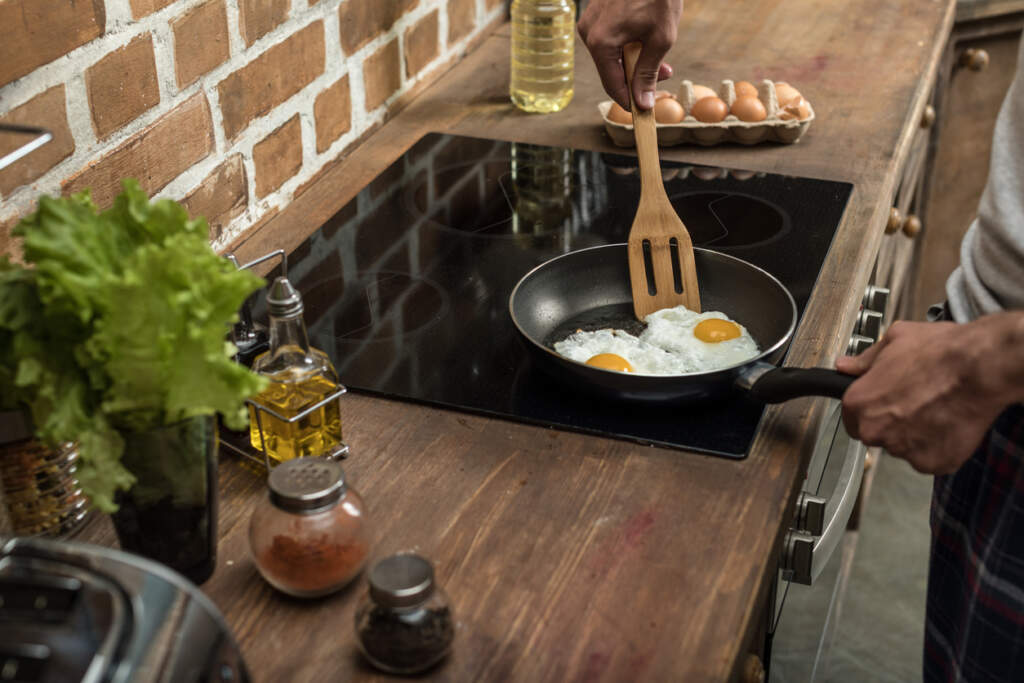
The right cooktop can completely change the way you cook. An essential appliance for every kitchen, the mighty cooktop can be used for preparing the most elaborate or the simplest meals. However, buying the right cooktop can be a little complicated considering there are a few different types of cooktops available in the market.
In this article, we will be discussing the things you need to consider before buying a cooktop and the different types of cooktops you can choose from.
How to Buy a Cooktop
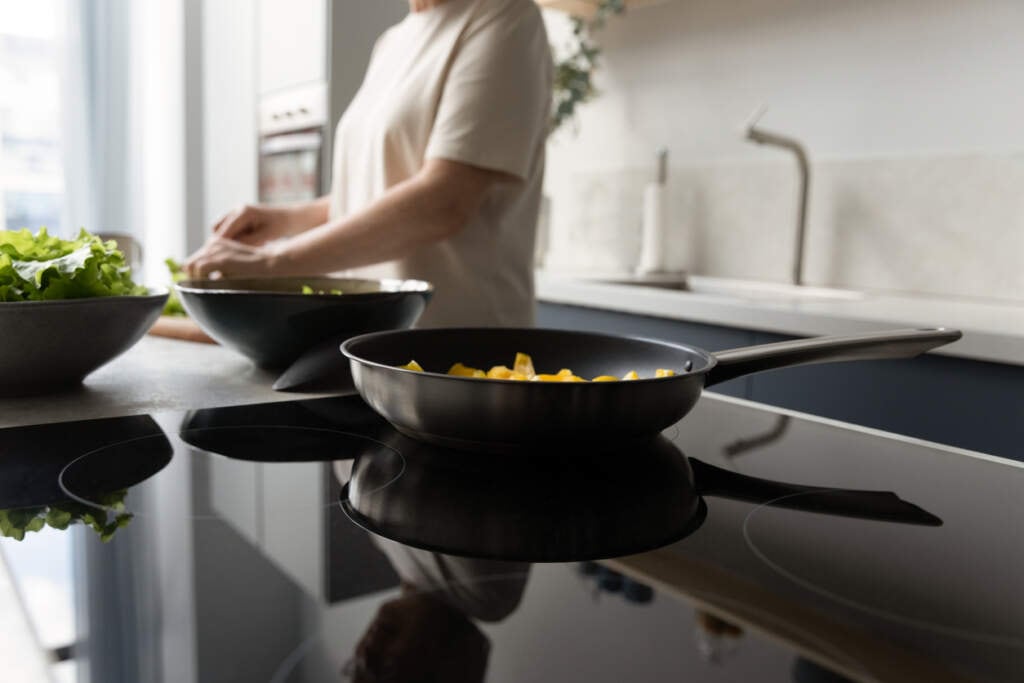
We have a few pointers on how to buy a cooktop, and what you should consider before buying a cooktop for your kitchen.
- Location: As obvious as it may seem to some, the location of the cooktop can mean different things to many. While most people opt for a cooktop to be placed above the oven, some might consider placing the cooktop on the island instead.
- Space: It is important to measure the counter space in your kitchen. Whether it is the bench above the oven or the island, you need to measure it out. In order to ensure that you don’t buy a cooktop that covers your entire counter space, this step is very important.
- Work zone: If establishing where you want to place your cooktop is proving to be difficult, then you can plan a work zone in your kitchen. Often interior designers try to place the fridge, dishwasher and cooktop in a triangular zone for easy accessibility. You can also divide your kitchen into cleaning, preparation, cooking and storage areas to make things easier for you.
- Type of cooktop: One of the most important reasons to consider when buying a particular type of cooktop is the kind of cooking you do. For example: if you cook Asian food often and tend to use a wok, it is best to go for a gas cooktop.
Cooktop Sizes to Consider
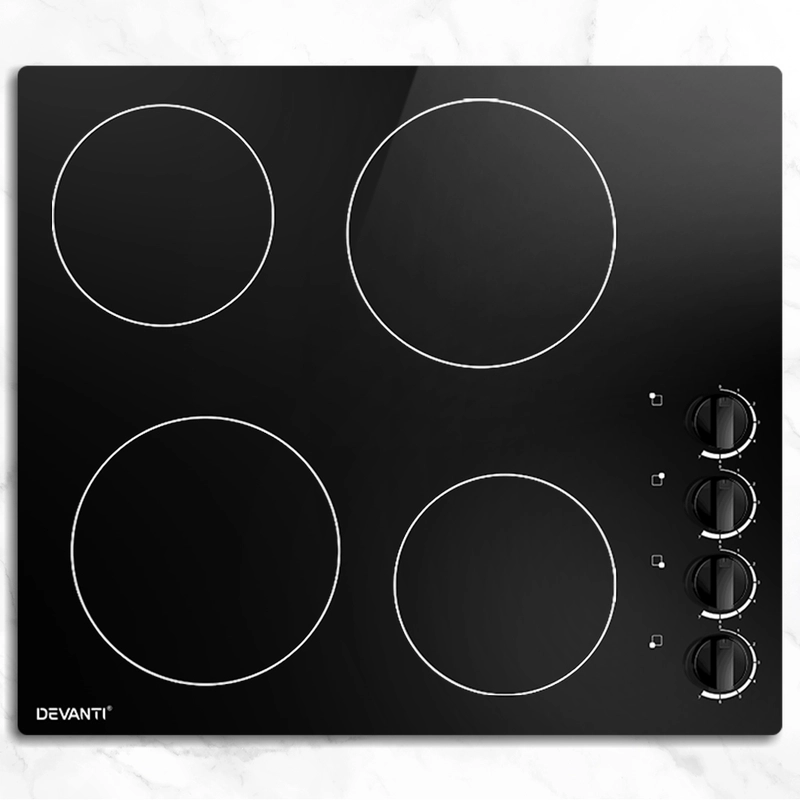
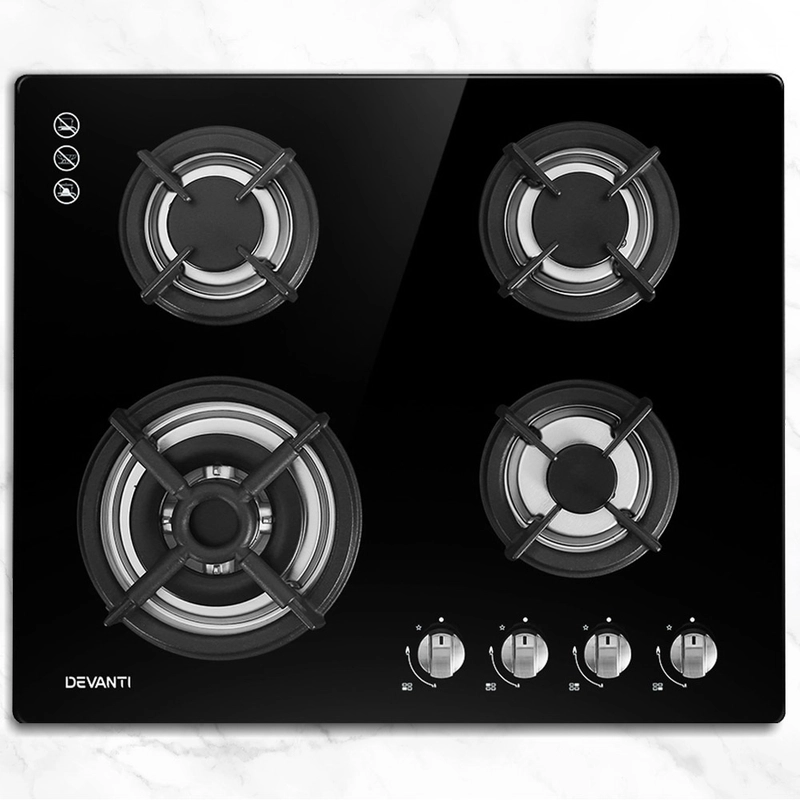
The standard size for cooktops would be 60 cm. It’s the average-size cooktop that you would see in most homes. A 60 cm cooktop can have three to four burners and fits perfectly in average-sized kitchens.
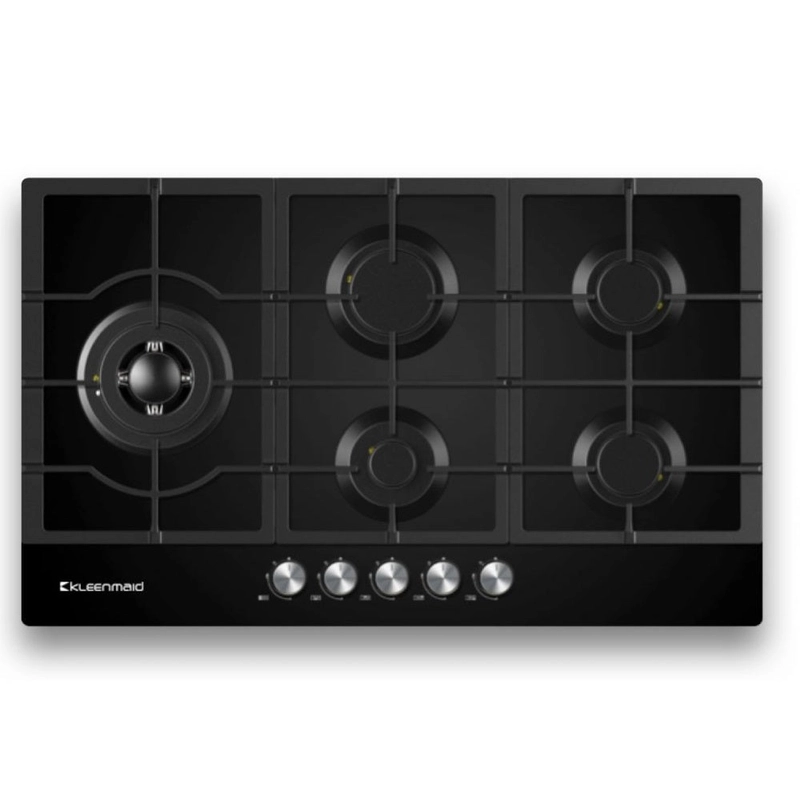
If you have the pleasure of having a huge kitchen with a lot of counter space, then you can opt for a 90 cm cooktop. These cooktops can accommodate up to 5 powerful burners.
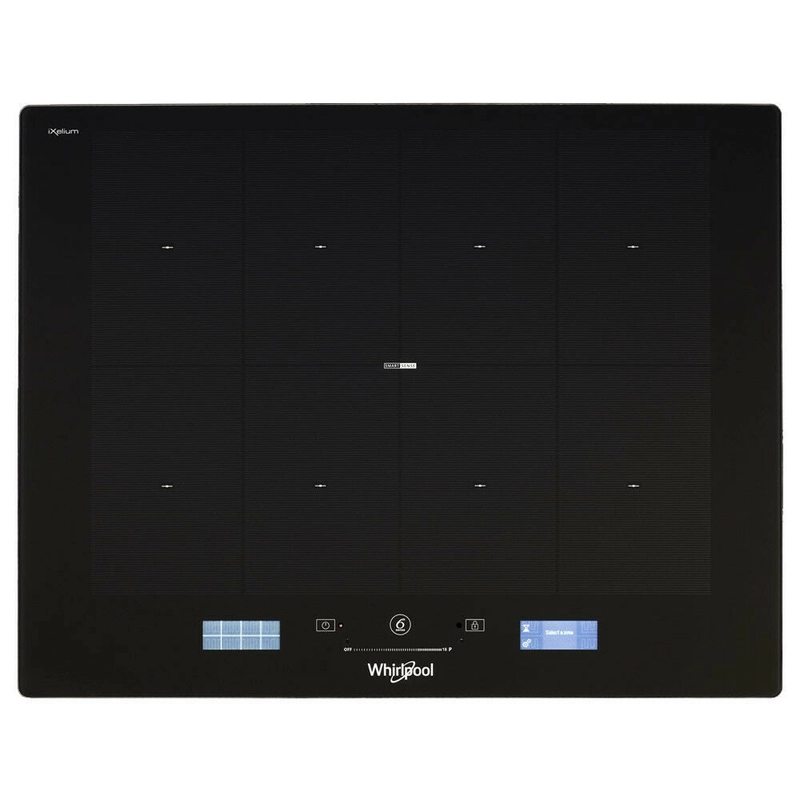

You can also opt for other sizes such as 70 cm and 30 cm cooktops offered by a few brands. Some may also offer 65 cm and 110 cm cooktops. 70cm cooktops being slightly bigger than the standard size, can vary between four to five burners.
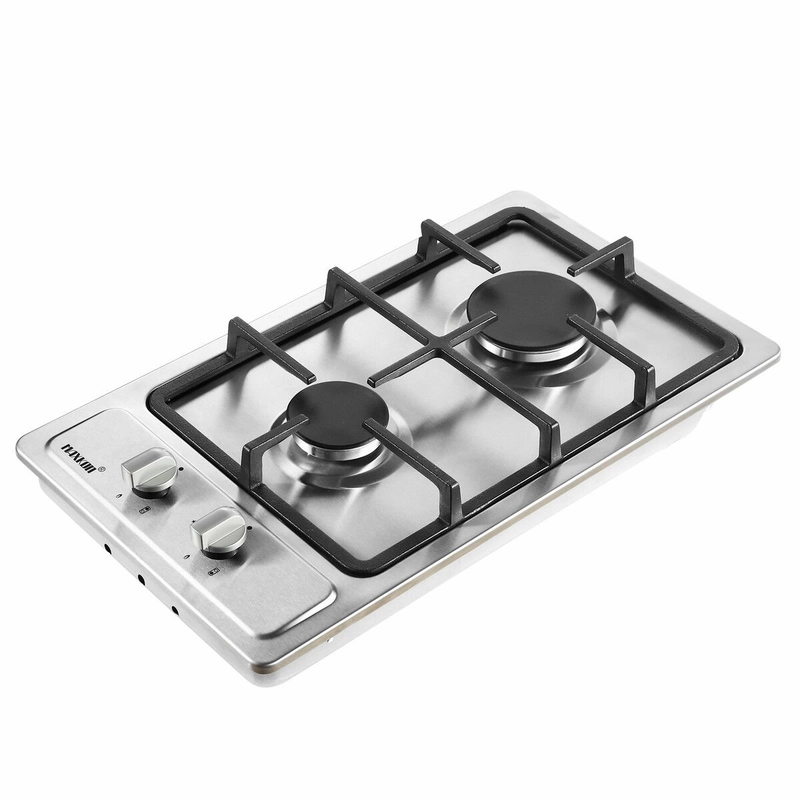
The 30 cm cooktop is the smallest size you can find unless you are looking for portable cooktops. It only offers two burners and is perfect for either really small kitchens or for those who want two different cooktops in their kitchen.
Types of Cooktops
There are three types of cooktops that you can choose for your kitchen at home. Gas, induction and electric cooktops come in a variety of different sizes and burner layouts. The major differences that you need to look out for are the temperature output of the burners, size and what you will be cooking regularly. It is important to keep in mind that the kind of meals you cook will make a huge difference in the type of cooktop you will need; since some dishes require particular utensils and higher or lower temperatures.
What to Look for When Buying a Gas Cooktop
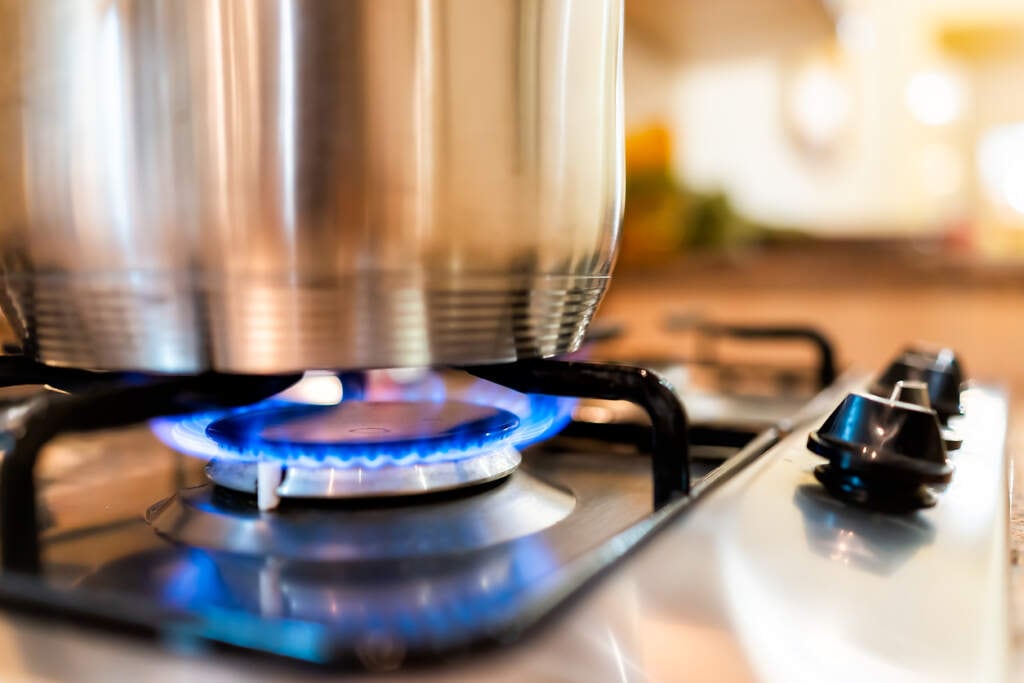
Being one of the most popular cooktop choices, the gas cooktop does live up to the hype. It is available in a variety of styles. With stainless steel, chrome finish, glass frames and mirror finish along with multiple burner layouts, the gas cooktop has a lot to offer. These cooktops are highly durable but at the same cleaning them might not be your favourite. The grooves, trivets and the different parts of the burner can be difficult to clean.
Open or Sealed Burners
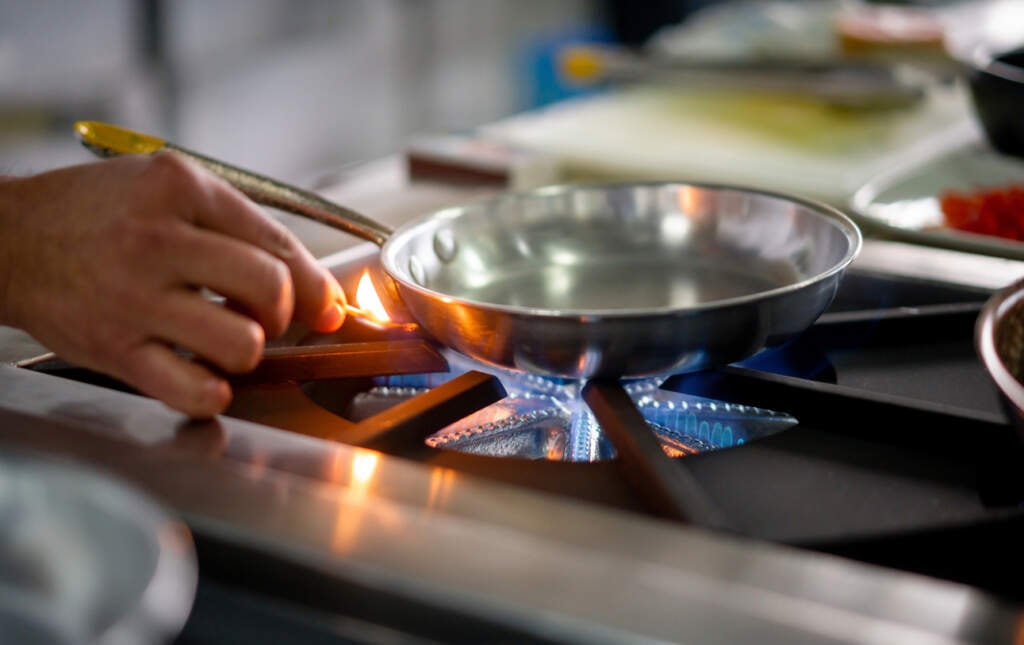
When buying a gas cooktop, you will come across these two types of burners. Open burners are efficient and provide higher temperature output. They don’t have an air-tight seal around the burner area which results in more oxygen making it the perfect burner for stir-fries and wok cooking. You will often see commercial kitchens using open burners.

Alternatively, sealed burners have an air-tight seal around the burner area which means that the flames are more controlled. This also means that the temperature output for sealed burners is lesser than for open burners. However, they are considered more safe and appropriate for home kitchens.
What is an Induction Cooktop?
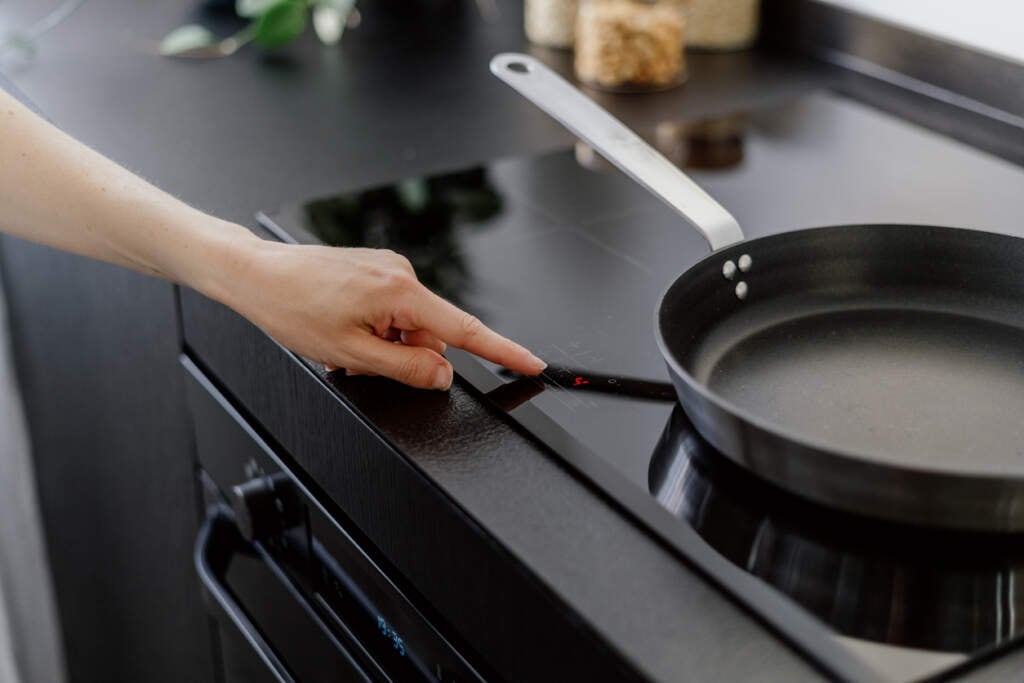
The induction cooktop is a new and innovative stovetop. It is a popular choice among people who have modular kitchens and for good reason. The induction cooktop has a sleek design coupled with powerful electromagnets that heat up your pots and pans quicker than a gas cooktop. It is easy to clean, very efficient, safe and offers precise heat control.
You will come across features such as Auto Switch-Off that automatically turns off the appliance in case of overheating. Additionally, it has other features such as protection against overflows, auto heat-up, safety cut-out, pan detection and more.
What to Look For When Buying an Induction Cooktop
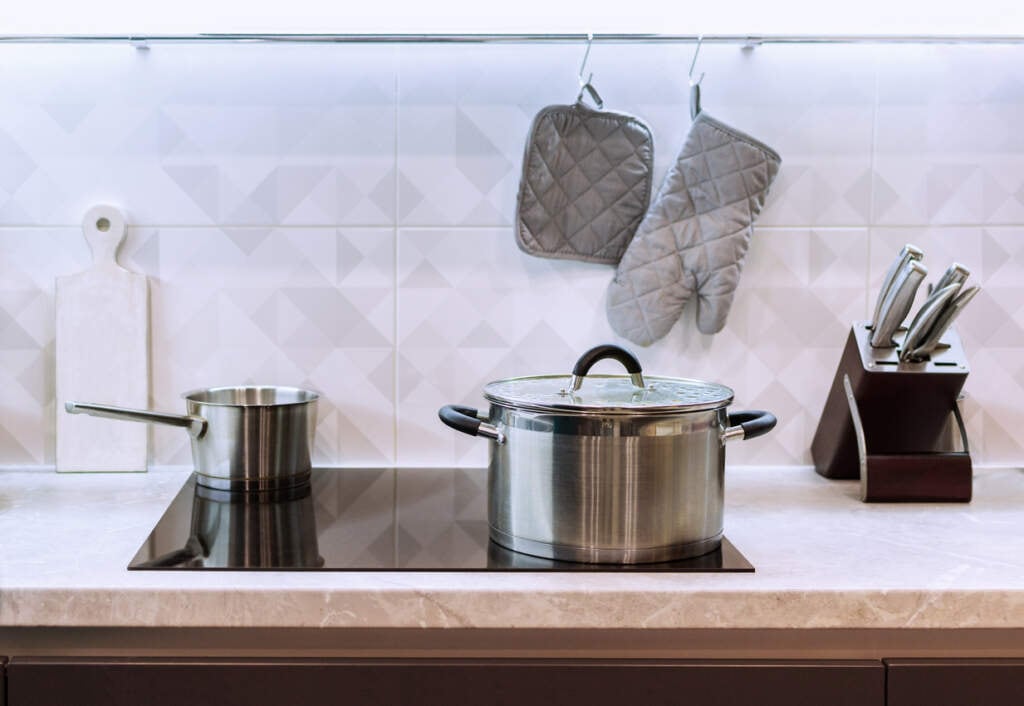
After determining the size of the cooktop, you should ask yourself what you need from your cooktop. Induction cooktops are considered very safe as the surface can detect when a pot or pan has been placed on it. Unless you touch the surface after a hot pan has been on it for a while, the surface won’t be too hot to touch. This detection feature also means that the induction doesn’t use up a lot of energy.
The flat surface makes cleaning easy and any spills on the surface won’t burn and stain the cooktop. Despite the advantages of owning an induction cooktop you will have to make a few changes to your utensils. Induction cooktops will only work with cookware that is suitable for it, hence, you might have to replace all your pots and pans.
If you are sensitive to noise, then we should warn you that induction cooktops often make a buzzing or humming noise. Lastly, the installation of induction cooktops can be complicated and has to be done by a professional.
What is the Difference Between Ceramic and Induction Cooktops?
While they essentially look the same, induction and ceramic cooktops are in fact, different. Ceramic cooktops are just electric cooktops with tempered ceramic surfaces. Induction cooktops also feature a ceramic surface but the workings of induction are entirely different from ceramic cooktops.
So, the differences between the two are essentially the differences between electric and induction cooktops.
Are Electric Cooktops Good?
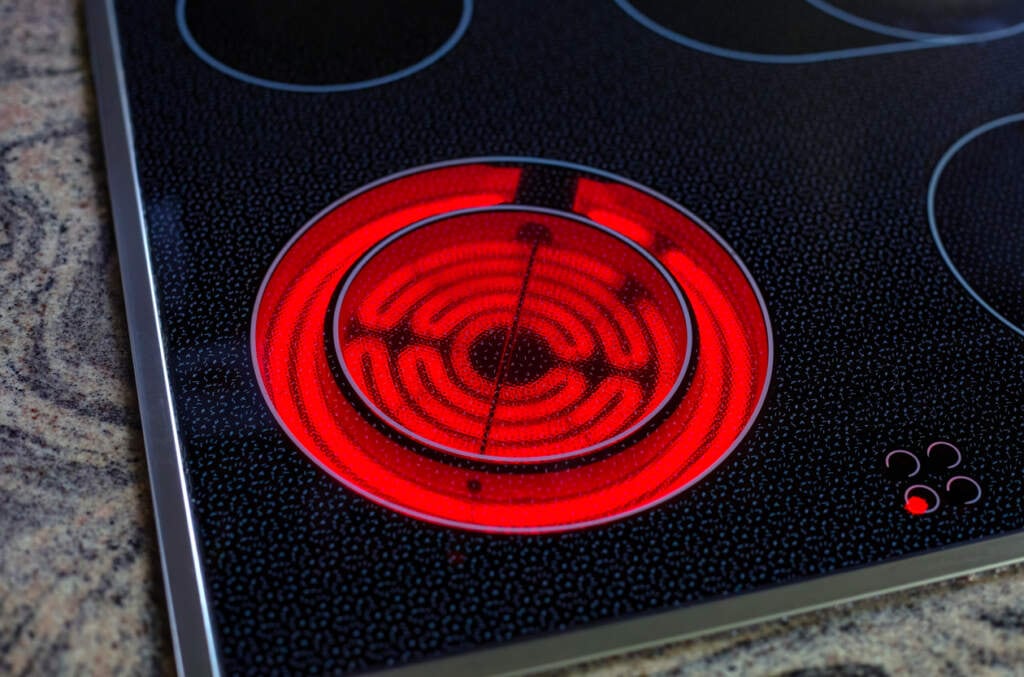
The good old electric cooktop is a smart budget-friendly choice. These cooktops use electricity that flows through a metal coil under a white ceramic glass surface. Other designs include ones with white enamel or stainless steel baseplates where the coils are exposed. The only drawback of these cooktops is that the coil can take a while to heat up, unlike the instant heating you get from induction and gas cooktops. They also take a while to cool down which is why they will almost always have an indicator light.
When it comes to cleaning, things are easy unless you purchase a model where the heating coils are exposed. The new electric cooktops usually have a ceramic glass surface which means you are left with a flat surface to clean.
Which is Better: an Electric or Induction Cooktop?
There are some notable differences between these two cooktops:
INDUCTION
- They are more energy efficient compared to electric cooktops. Residual heat after you have used your cooktop indicates that your cooktop is still using power. Electric cooktops take a while to cool down which means that they end up using a lot more electricity.
- Induction cooktops heat up your pots and pans much faster than their electric counterparts. Hence, faster cooking time.
- Safety is not a concern with induction cooktops. They are cool to the touch immediately after cooking.
- They can be quite expensive compared to gas as well as electric cooktops.
ELECTRIC
- The residual heat in electric cooktops also means that your food can simmer or stay warm for longer.
- Safety might be a concern with an electric cooktop since they take a while to cool down after cooking.
- They are cheaper than induction cooktops.
Which Cooktop is Best to Buy?

We have laid out all the features each cooktop has to offer. You may look further into different designs that fit your kitchen’s interiors. Another option is to opt for two cooktops at the same time. People often go for a combination of two cooktops for multiple reasons. Cooking different dishes that require different heat settings for cooking is a very popular reason people opt for a second cooktop. At the end of the day, the choice is yours.
If you’re struggling with buying appliances for your home, refer to our appliance buying guide and find an additional guide for each appliance to help you on your buying journey!







